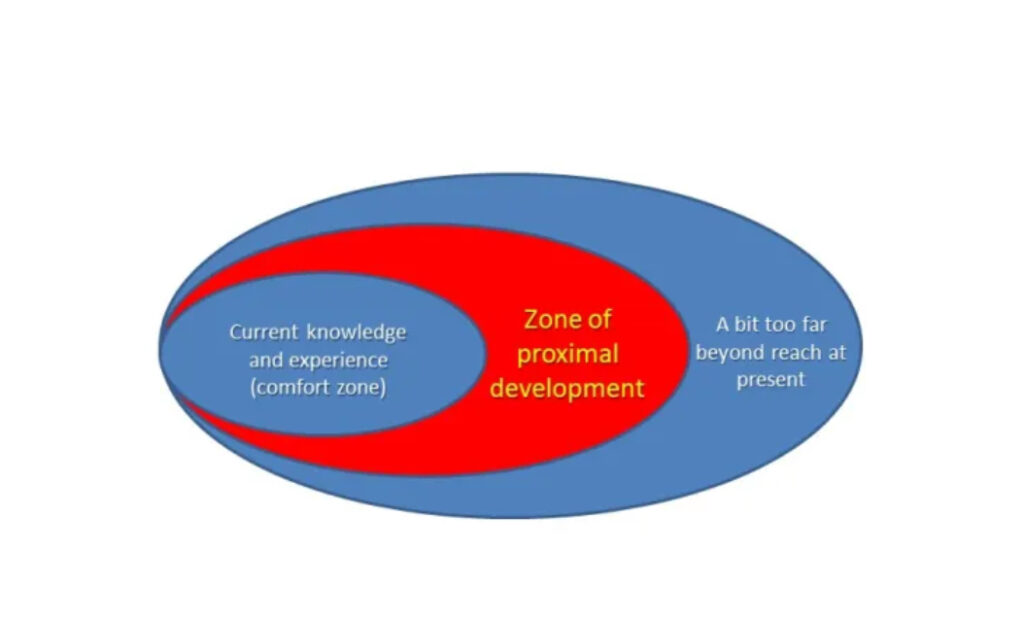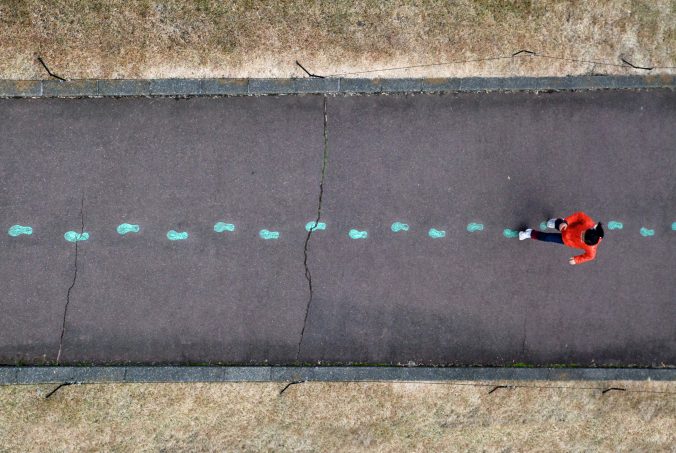Technology and Inclusion
Tracy Humphrey and Kaori Lau gave an engaging talk on how technology can be used to create a more inclusive classroom. They are part of a group, BCEDAccess, that are there to support parents and guardians to learn and advocate for their children as well as promote affordable access. An important concept that they brought up was the invisible backpack.

Image from: http://nybra.com/our-practice/insights-events/the-invisible-backpack/
As teachers it is important for us to understand that every student has an “invisible backpack”, meaning that there are things going on in their lives that we may or may not be aware of that is impacting them in our classrooms. In terms of their talk, they related it to how students may struggle with certain challenges in the classroom, which may not be apparent from just watching them work.
They discussed the main challenges associated with inclusivity in the classroom with access was at the top of this lists. They discussed this being a challenge as there is a lack of funds for the schools. Supportive technology that can be used in the classroom, such as speech to text technology, EA’s, translators, and microphones, may not be part of funding on the school, meaning that it falls on the parent and/or guardian to provide those tools. Another challenge they discussed is a lack of support for the students from families and teachers. This is due to the fact that there is a lack of resources to prepare them to support the individual. Although there have been improvements, teachers need to be given additional knowledge in order to support students in the most effective way. From this presentation, I am interested to see what improvement are made before we graduate and start working as teachers.



